Cars that tried hard but never took off
They were meant to be landmark cars, instead they were more landfill
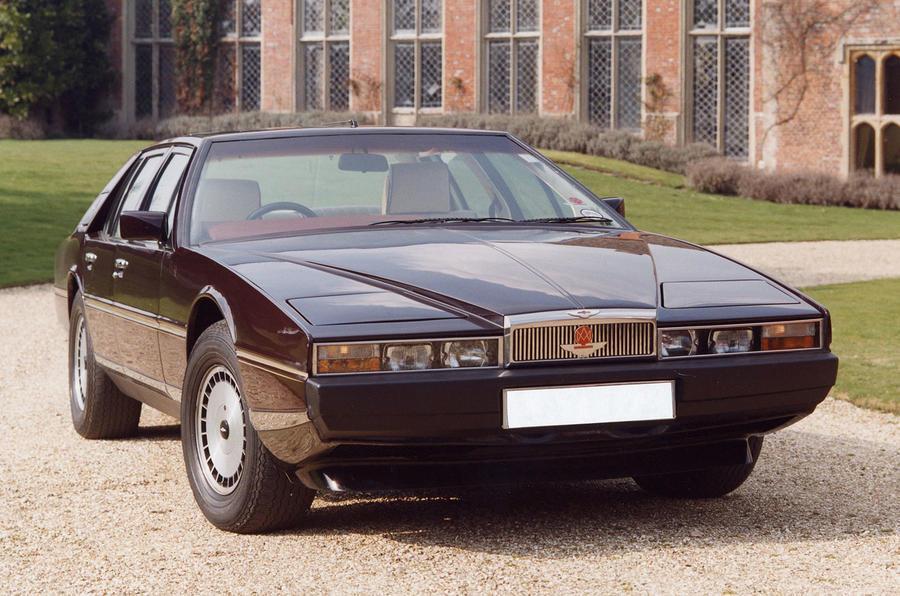
Your support helps us to tell the story
From reproductive rights to climate change to Big Tech, The Independent is on the ground when the story is developing. Whether it's investigating the financials of Elon Musk's pro-Trump PAC or producing our latest documentary, 'The A Word', which shines a light on the American women fighting for reproductive rights, we know how important it is to parse out the facts from the messaging.
At such a critical moment in US history, we need reporters on the ground. Your donation allows us to keep sending journalists to speak to both sides of the story.
The Independent is trusted by Americans across the entire political spectrum. And unlike many other quality news outlets, we choose not to lock Americans out of our reporting and analysis with paywalls. We believe quality journalism should be available to everyone, paid for by those who can afford it.
Your support makes all the difference.Hindsight is a wonderful thing, and a lot of manufacturers must wish they’d simply had it earlier. History is littered with cars that were meant to be the big statement, the next big thing, the landmark car. Instead they ended up being a disaster that led some companies to the edge of bankruptcy.
Whether through having the wrong badge, or the wrong price, or a total lack of reliability, here are some of the cars that reached for the stars but fell crashing back to Earth.
Chrysler Gas Turbine (1963)
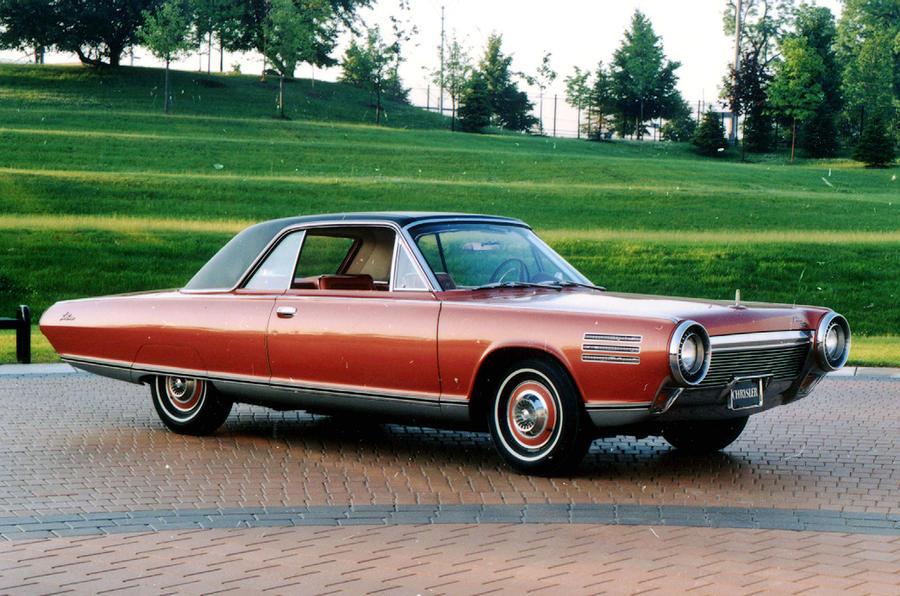
At a time when everyone was seduced by fighter jets or jets for space travel, it was a logical step to fit a gas turbine engine in a car. Sadly, that logic led to horrific fuel consumption and more power than the rest of the car could handle.
Bricklin SV-1 (1974)
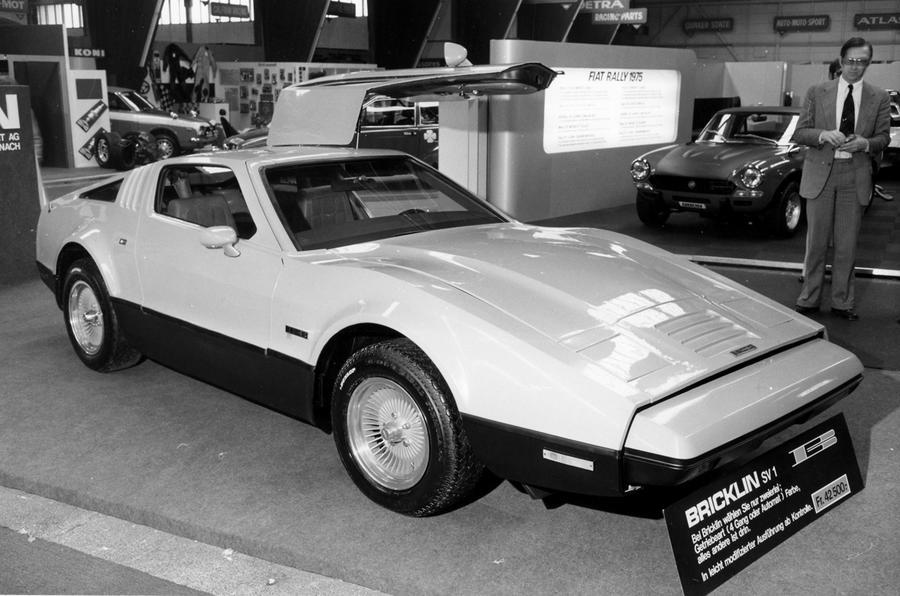
Malcolm Bricklin made a fortune bringing early Subarus into the USA. Then he invested that fortune in his own car company, making this handsome, gull-winged SV-1 that was apparently very safe as well. Then he lost his fortune as build quality was dreadful, with people getting trapped inside what was a pretty slow car, despite the 5.9-litre V8.
Aston Martin Lagonda (1976)

Who would have thought William Towns, creator of conservative gentlemen’s conveyances at Aston Martin, would come up with this Thunderbirds car? It stayed in production until 1990 and any out there are appreciating in value – but at the time the trick electronics just didn’t work properly, which meant that the Lagonda was not go.
Audi A2 (1999)
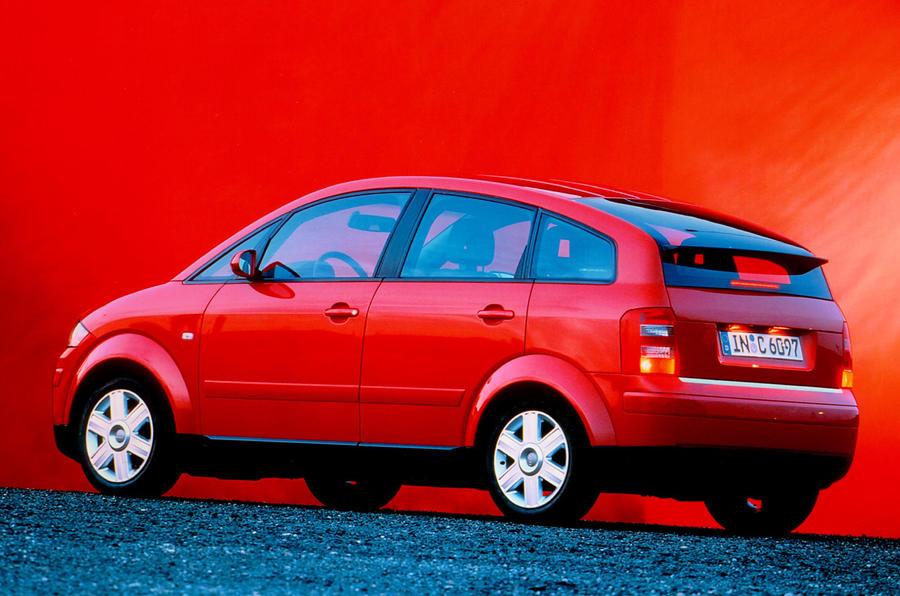
One of the most advanced city cars of its time, the A2 was made of aluminium and had an aerodynamic body that could comfortly accommodate four. The ride was pretty dreadful, and so was the price and at the time people just didn’t want to spend big money on a small car. If it came out now? Who knows.
Burney Streamline (1929)
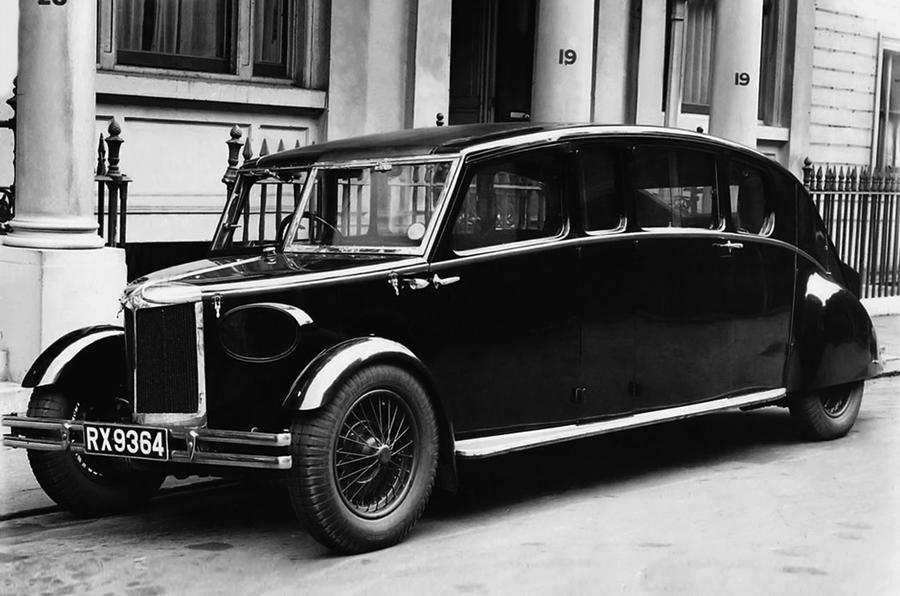
Since Sir Dennistoun Burney Burney went on to design airships, there’s no surprise to note the aerodynamic lines of this elegant seven-seater. Sadly the straight-eight engine in the rear tended to catch fire, which was a snag when the car cost so much. Only 12 were made, with another 25 made later. Only two survive.
Citroen C6 (2005)
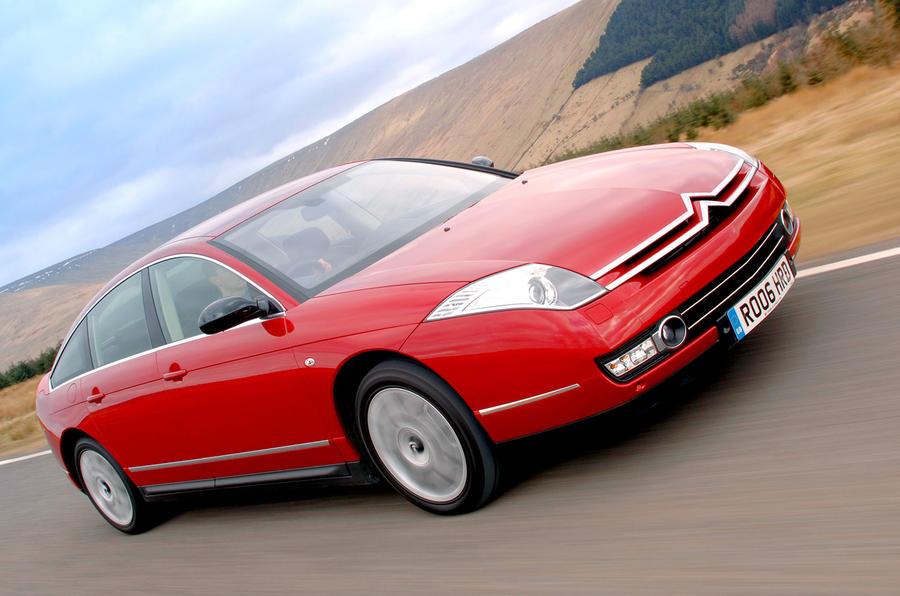
Even making this the official car for whoever was President of France for a few years didn’t really let this C6 take off. It’s not that it was a bad car, but it cost about the same as German counterparts like BMW – but it definitely fell way short of the BMW’s low depreciation rates.
Chrysler Airflow (1934)
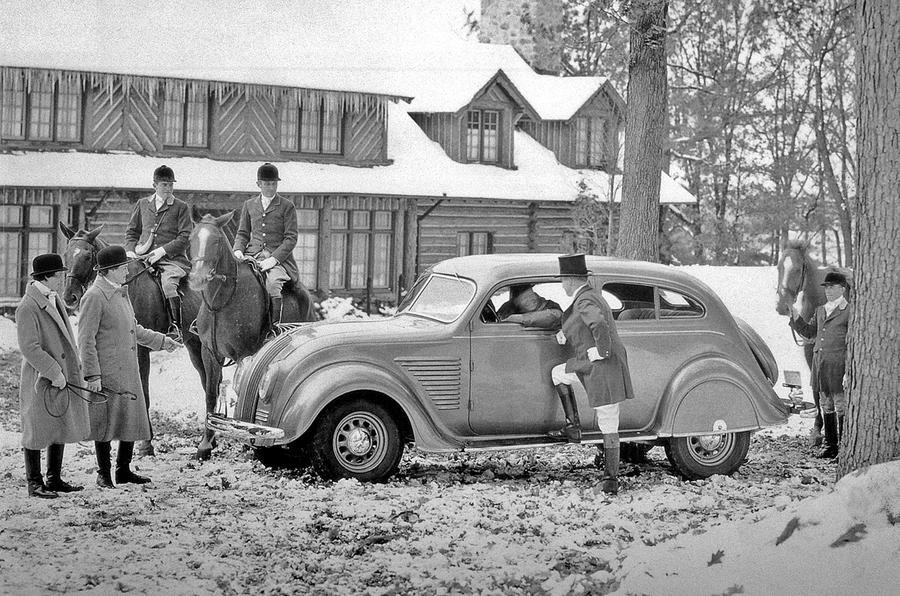
What can you say about the Airflow? True to its name it was aerodynamic, but it was also shoddily built, heavy, thirsty and unreliable. But enough about the good points.
Citroen Traction Avant (1934)
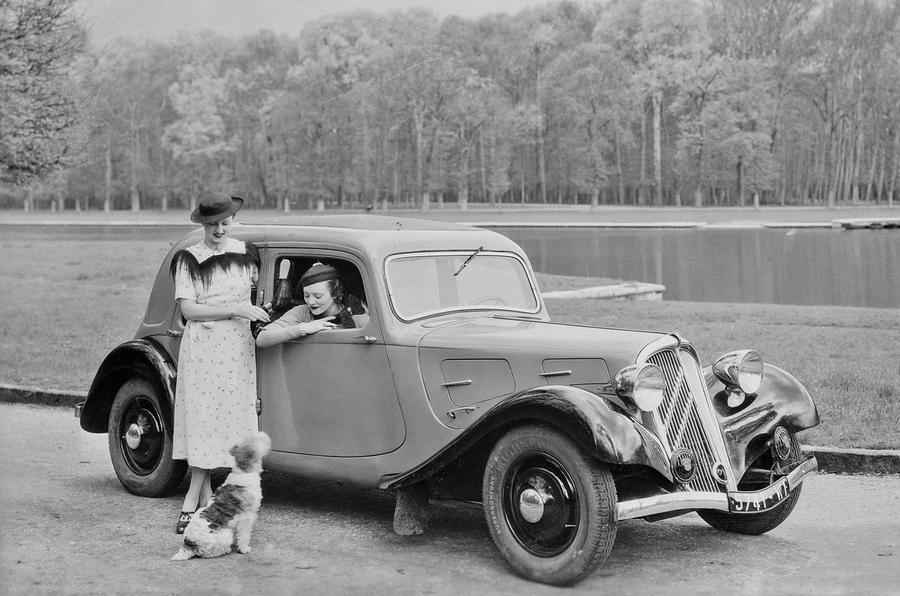
You don’t have to know much French to realize this was a front-wheel drive car. It also had a semi-monocoque body, self-levelling suspension and much more. It was so good it bankrupted Citroen, which was promptly bought by Michelin, who made the car for another 20 years.
Ford B-Max (2012)
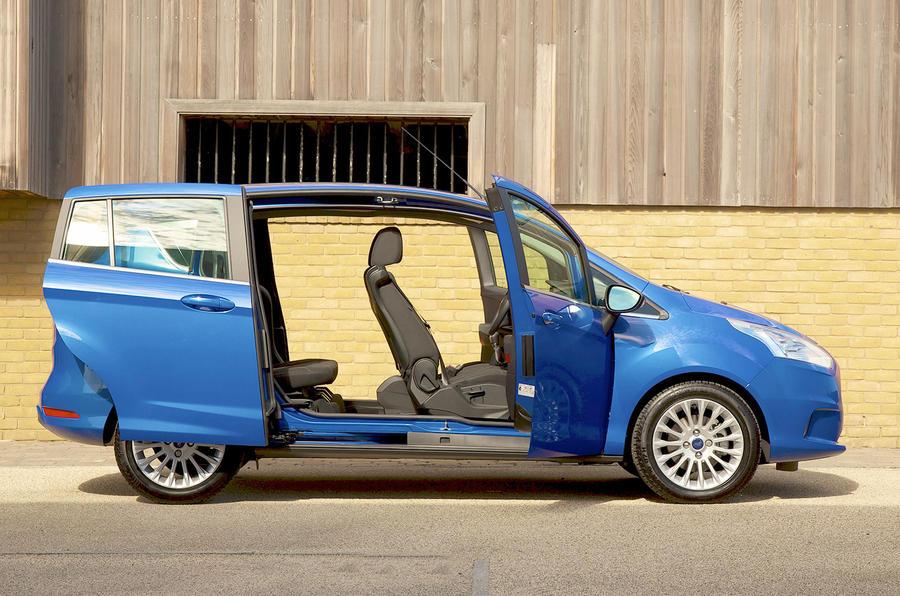
This goes to show what happens when several ideas are cleverly combined. It was a micro MPV with pillarless construction and sliding side doors. Based on a Fiesta, it was good to drive, hugely versatile and a total sales flop.
General Motors EV-1 (1996)
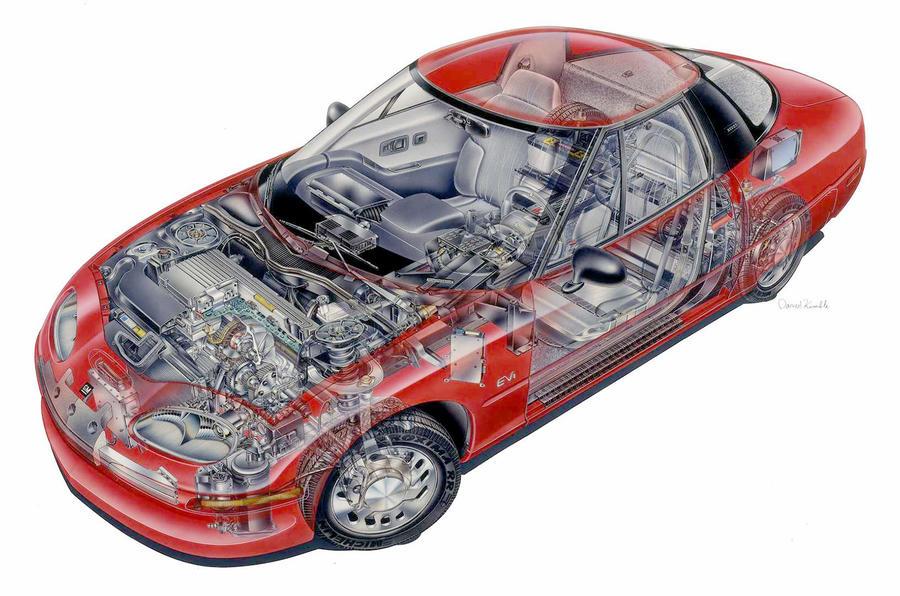
This is the only car that came out under GM’s own name. It was a brave and early stab at electric propulsion but the lead-acid batteries just couldn’t deliver the range. GM leased 1117 of them, then took them back and filed them carefully under C for Crusher.
Honda Insight (1999)
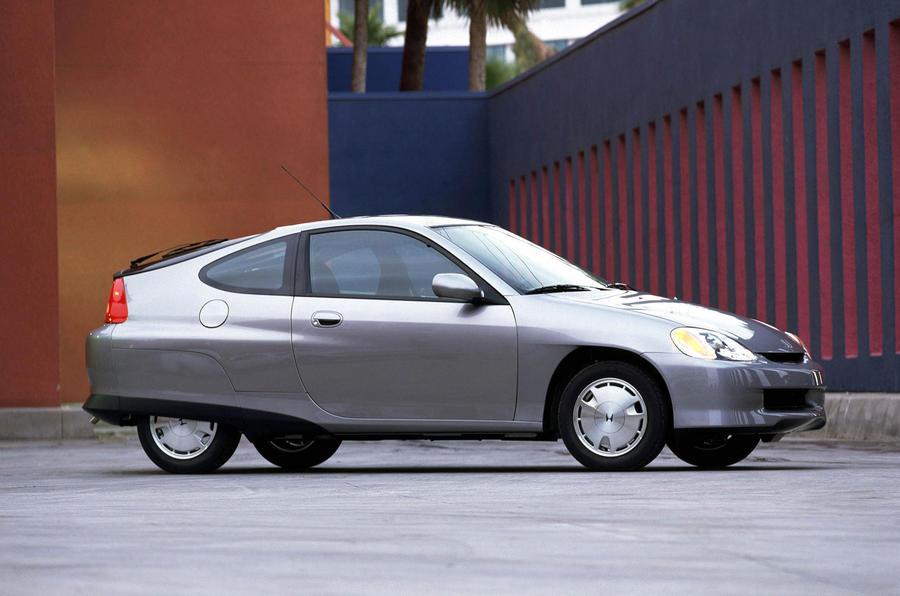
This was a really clever car, with a lightweight, aerodynamic aluminium body, and cutting-edge hybrid running gear. It was in many ways ahead of its time, a very innovative car indeed. Honda was rewarded for its brilliance with sales in the UK of just 239 cars.
Honda CR-Z (2010)
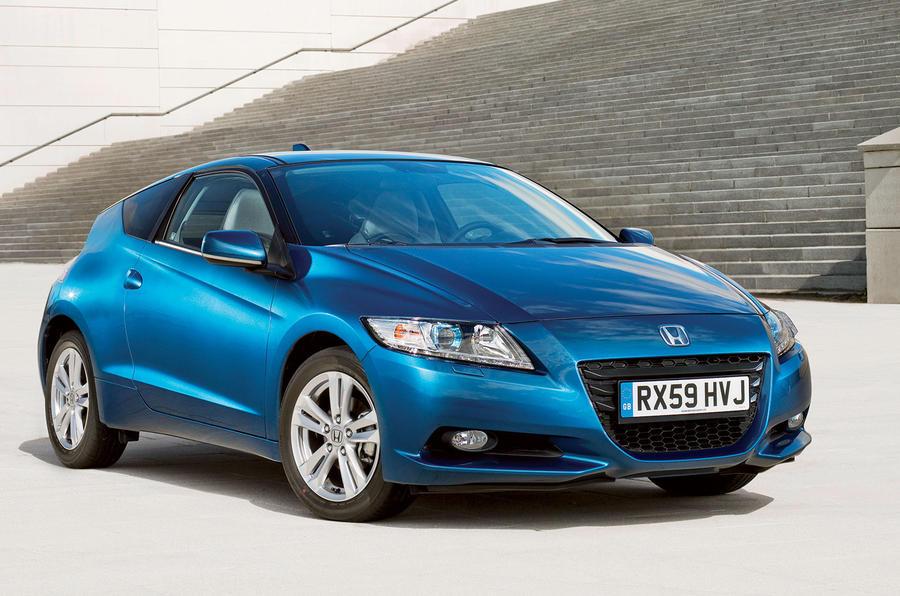
Honda came back again with the CR-Z showing how you could make a sporty coupe that was hybrid powered – looks and conscience, surely a winner? Nope.
Jowett Javelin (1947)
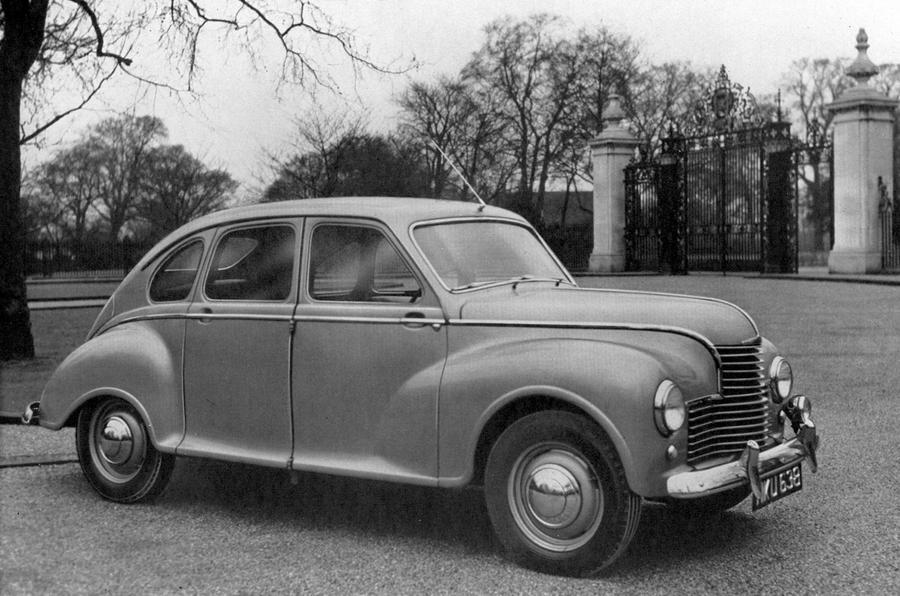
Another car that took its maker down with it. The Javelin had seating for six, low weight, good fuel consumption, and cost under £500. This was all pretty remarkable but sadly both engine and gearbox were disastrous. Cue bankruptcy.
Matra Rancho (1977)
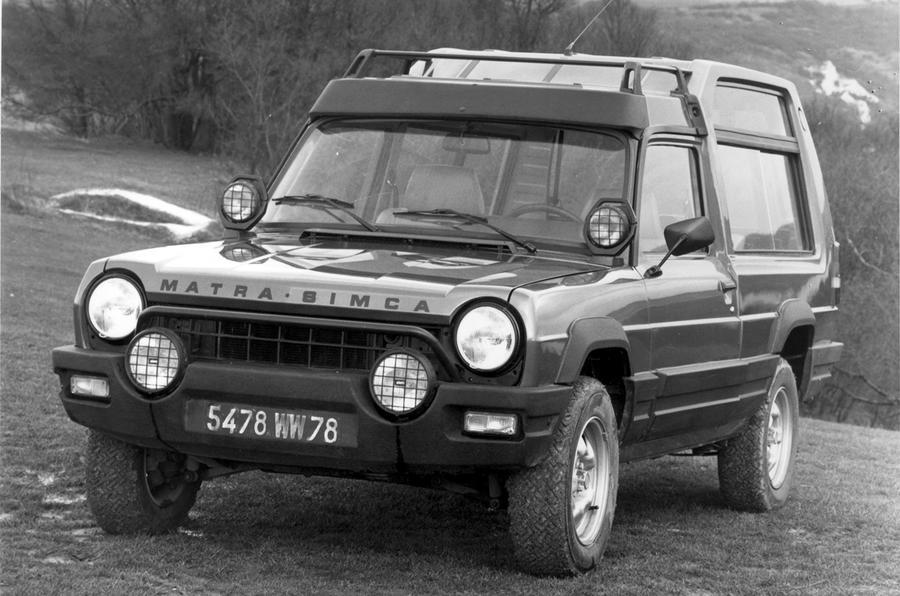
If you look at this vehicle it’s clear to see where many of the current soft-roaders and crossovers originated. Forty years ago, this was a brilliant idea, based on the Simca front-wheel drive pick-up. There was seating for seven too. Which is about the number it sold.
NSU Ro80 (1967)
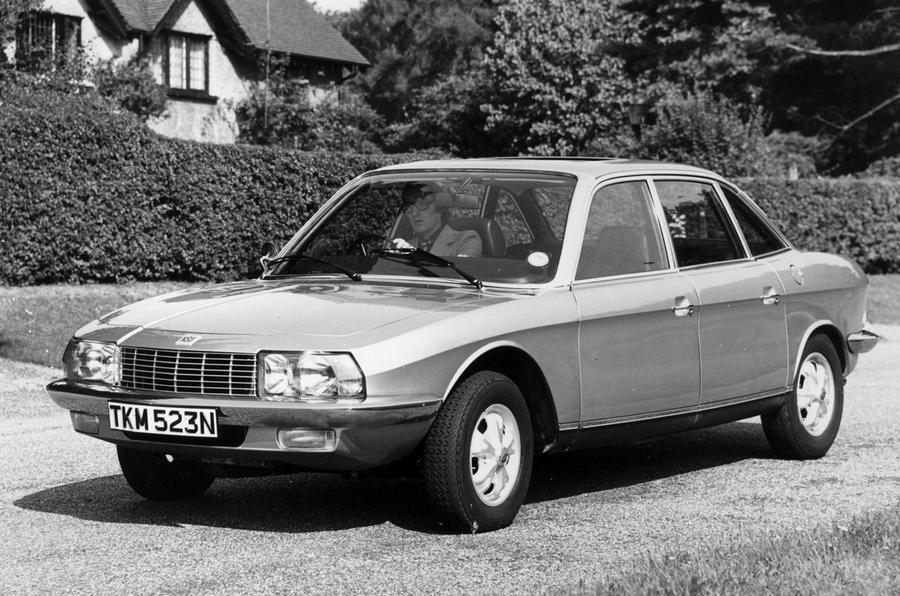
And another company-killer. It had an attractive aerodynamic shape, a semi-auto transmission – and a rotary engine. It was very smooth. And the warranty claims bankrupted NSU, which became part of the growing VW empire.
Renault A610 (1991)

On paper this was a true competitor to a Porsche, with a 3.0-litre V6 engine giving plenty of poke, and the handling and kit levels were all great. But reliability was definitely not great, and that meant the company only sold 67 cars in the UK, a country which continued to buy Porsches in droves.
Volkswagen Phaeton (2002)
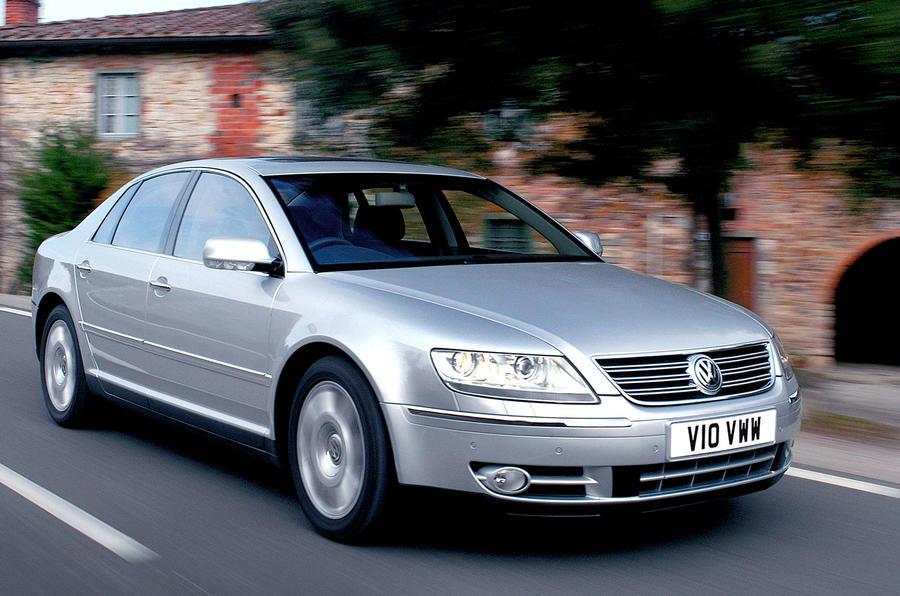
A classic error from VW. The company that made hatchbacks and family cars was not the one to then make a great big limo. Premium prices need premium badges, and the public didn’t buy into the Phaeton – besides, the Audi A8 was already part of the VW Group stable.
Volvo Carioca (1935)
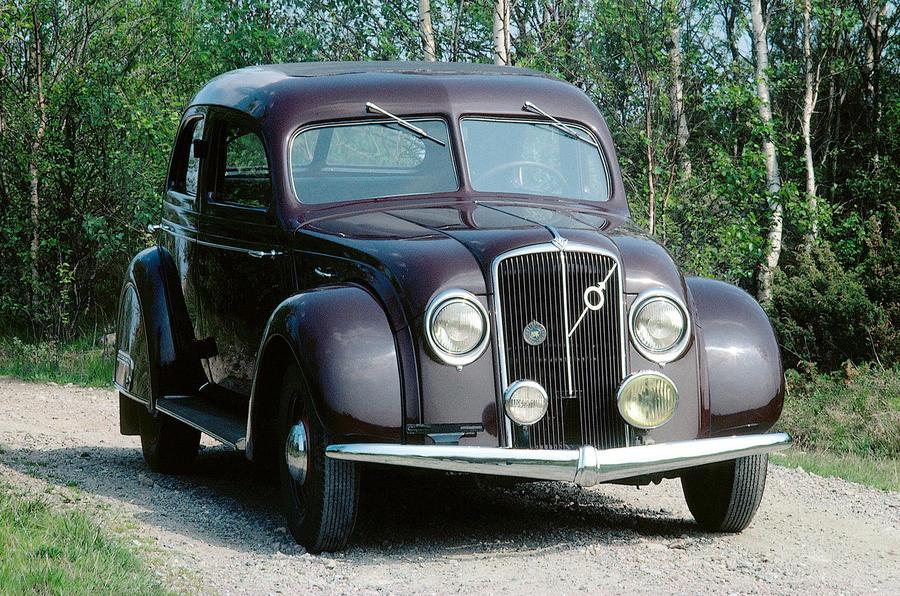
Volvo has a reputation as a maker of safe and sensible cars, and this is perhaps why. A streamlined, funky Volvo, named after a hot dance of the time, came out in 1935 and totally bombed.
Invicta Black Prince (1946)
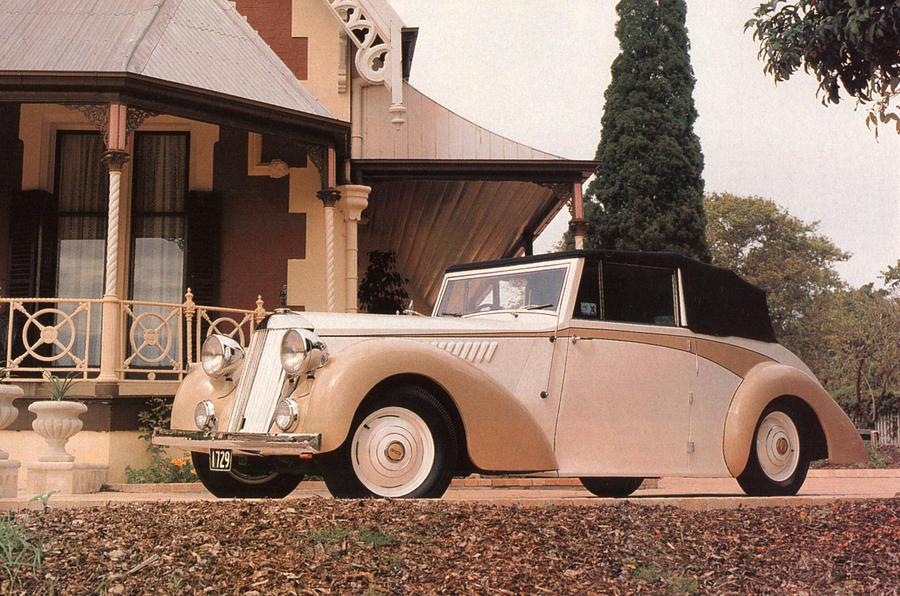
You probably wouldn’t expect this car to sell well in France. After all it was named after Edward, the Black Prince, who led the English to victory at the Battle of Crecy and then the Battle of Poitiers. But it didn’t sell well anywhere. Which is surprising as it looked great, had a 3.0-litre alloy engine, trick transmission, and even an immersion heater to keep it all warm. However, they only made 16 because each one was ten times the cost of a normal saloon.
Graham Scott is a writer for AutoCar.
Join our commenting forum
Join thought-provoking conversations, follow other Independent readers and see their replies
Comments